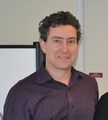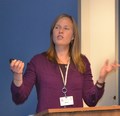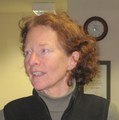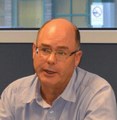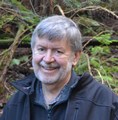"A Guide to Water-Wise Land Development in the Comox Valley" – Joint Staff Training Workshop initiates educational process for communicating ‘design with nature’ expectations in urban watersheds

“The passion of the regional team came through in their individual presentations. Their enthusiasm infected the audience in a good way. The moment everyone broke into discussion groups one could feel the energy in the room. At the workshop conclusion, it was clear that the session had achieved a transformative outcome,” observed Kim Stephens, workshop facilitator.


